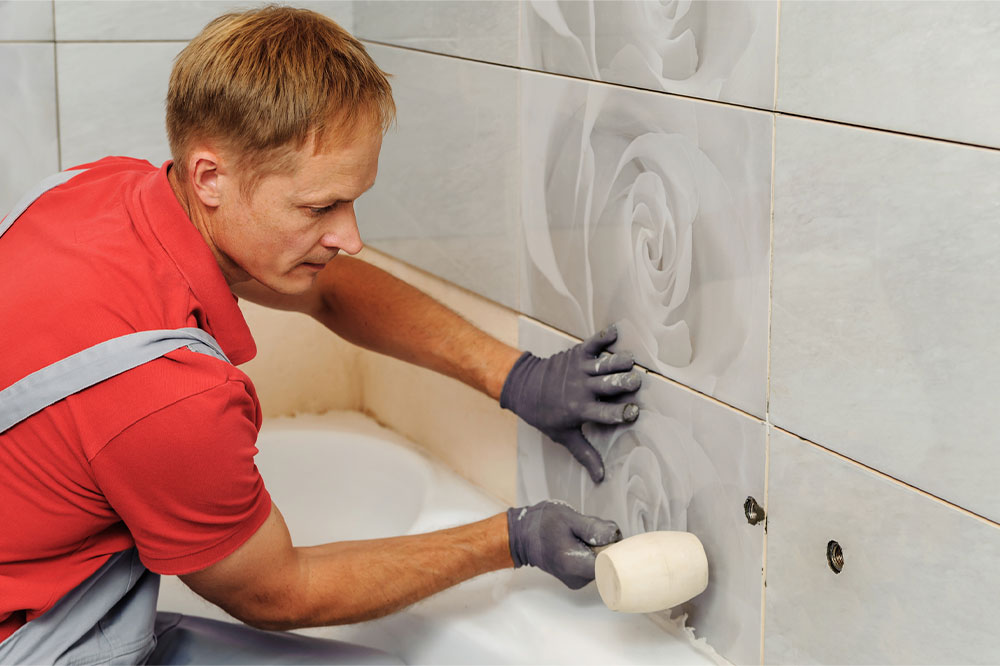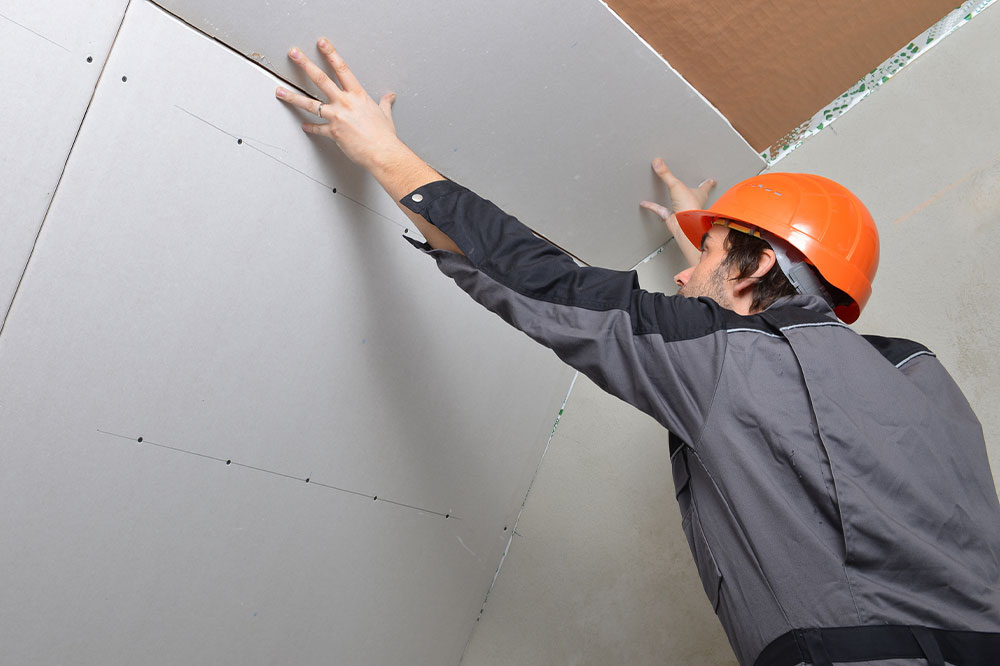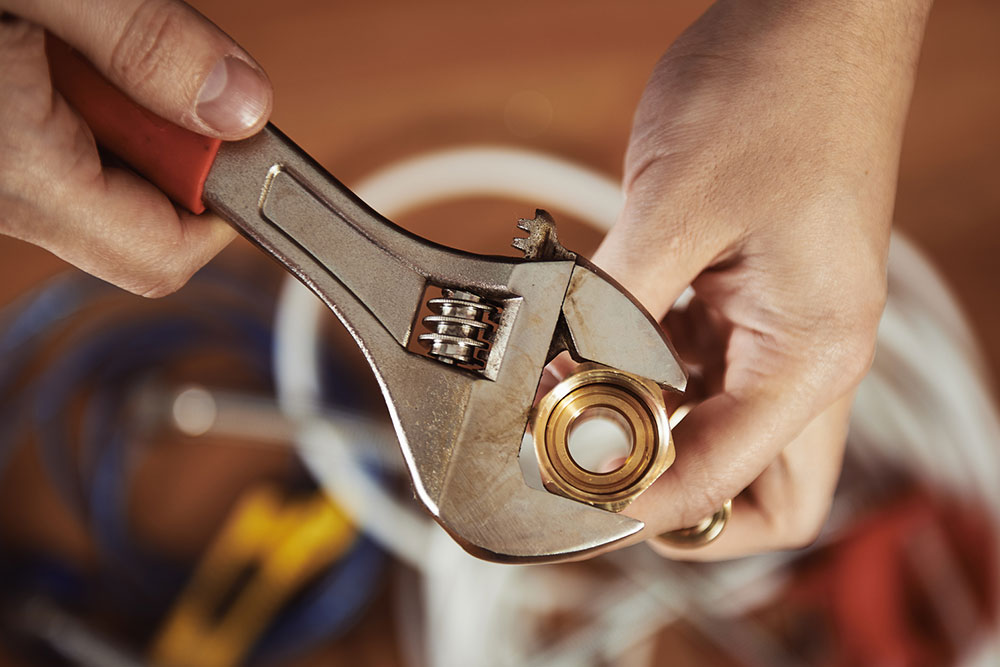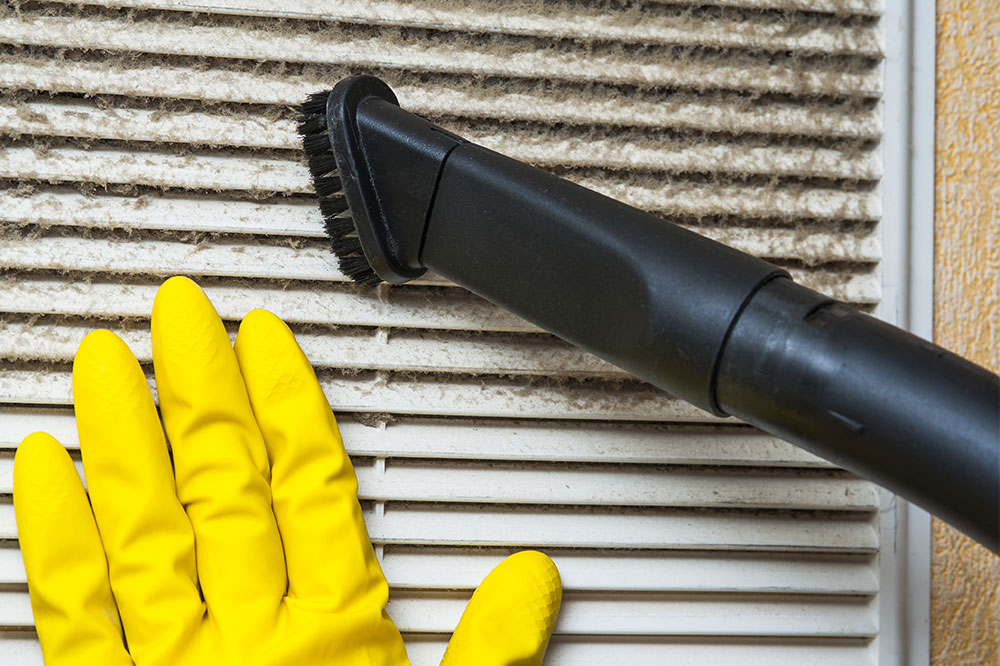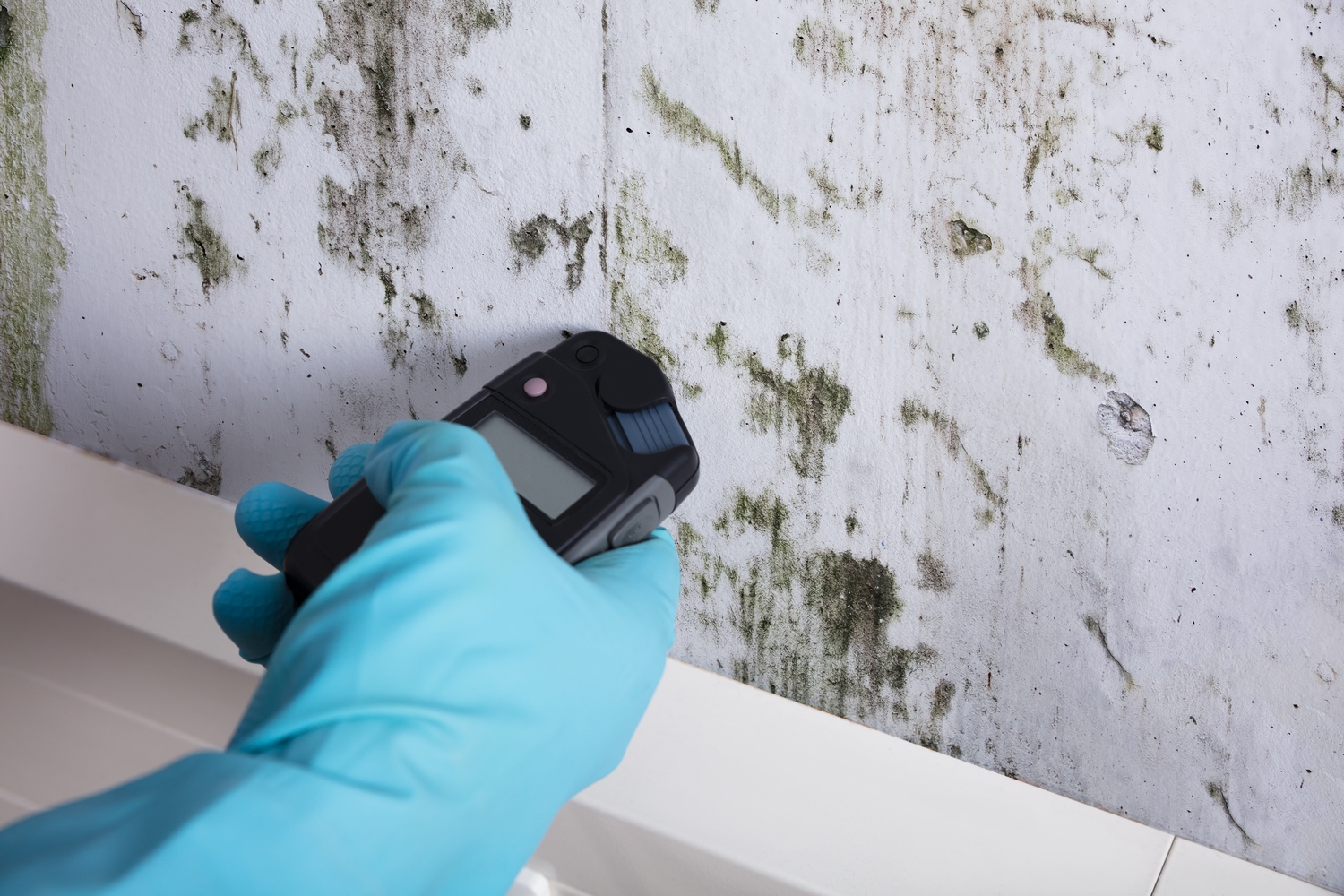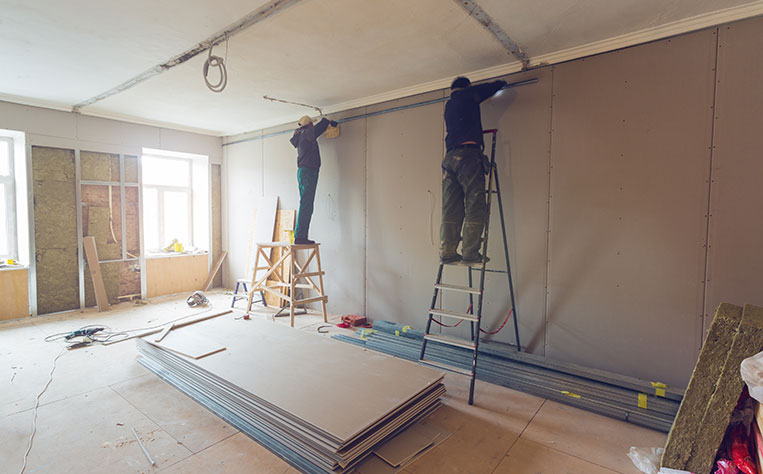Complete Guide to Water Damage Restoration: Protecting Your Property and Health
This comprehensive guide covers water damage restoration essentials, including causes, services, costs, choosing professionals, and DIY tips. Learn how to effectively mitigate water intrusion, protect your property, and ensure safety with expert advice. Discover how prompt action and the right restoration company can significantly reduce repair costs and prevent health hazards from mold and bacterial growth, ensuring a safe, dry, and healthy living environment.
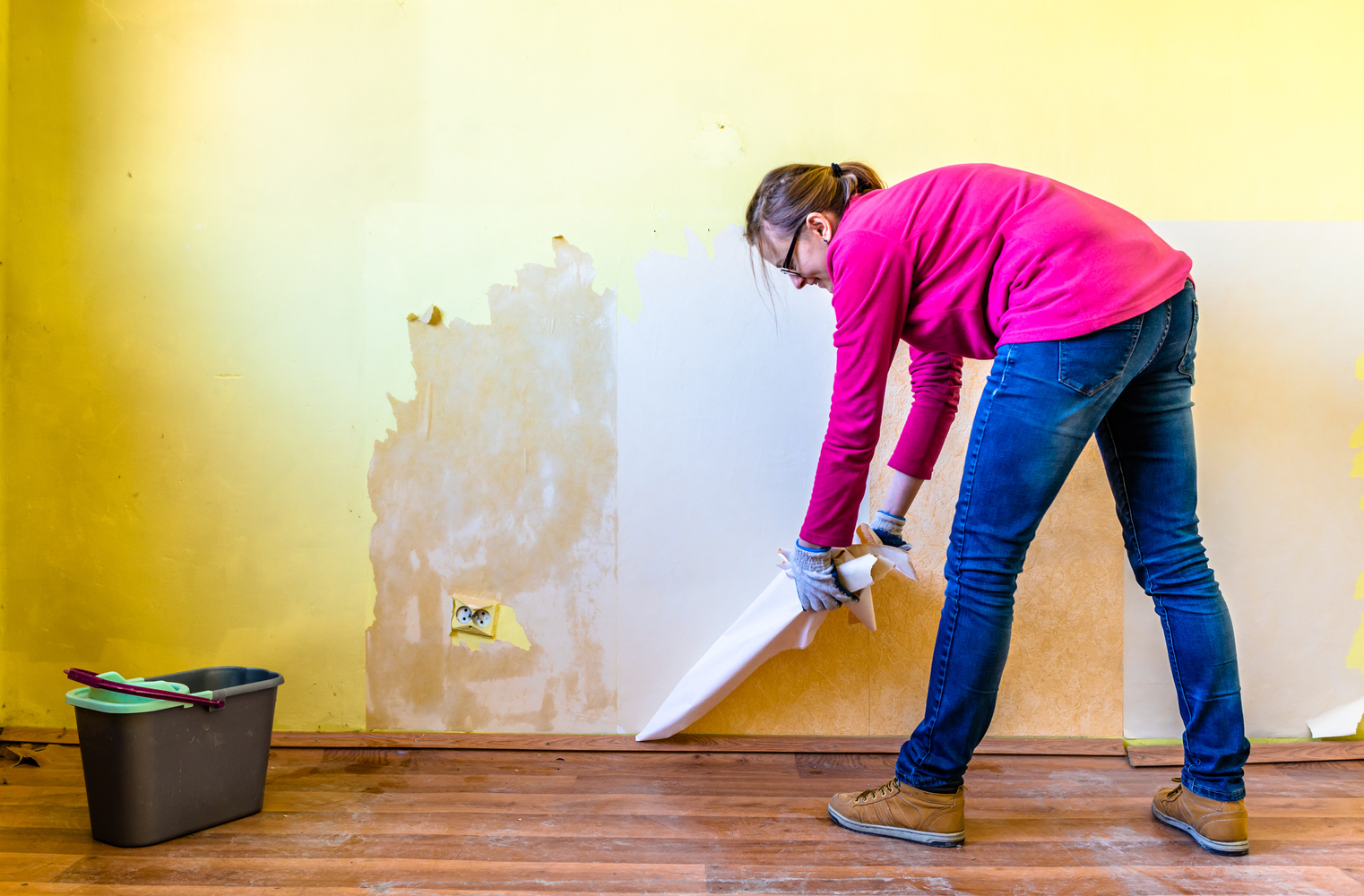
In-Depth Overview of Water Damage Repair and Restoration Strategies
Water intrusion incidents can cause significant harm to your belongings, compromise structural integrity, and lead to long-term health issues if not handled promptly and effectively. Recognizing the signs of water intrusion early and engaging professional water damage restoration services is crucial to limiting damage and ensuring a safe living or working environment. This comprehensive guide aims to provide detailed insights into the causes of water damage, the services offered by specialists, cost considerations, choosing the right provider, and DIY cleanup tips to safeguard your property and health.
Understanding Common Causes of Water Damage Water damage can originate from a variety of sources, both visible and hidden. Regular household activities and structural vulnerabilities often contribute to water-related problems. Common culprits include clogged toilets and drains leading to backups, leaking or burst pipes, cracked or broken hoses, and hidden moisture behind walls. Structural issues such as foundation cracks and roof leaks also play a significant role in water intrusion incidents. Recognizing these sources and addressing them promptly can prevent extensive damage and costly repairs.
In case of water emergencies, swift action is essential. Immediate responses such as blotting water with towels, mopping up excess water, and removing valuables from affected areas can help reduce damage. Moving furniture and electronics out of the way prevents further water exposure. Calling professional water damage restoration specialists quickly ensures effective mitigation and reduces the risk of mold growth and structural deterioration. Remember, delaying intervention can escalate costs and health risks.
Extensive Range of Services Provided by Water Damage Restoration Experts Each property faces unique water damage challenges, necessitating tailored solutions. Reputable water damage restoration companies offer a comprehensive suite of services designed to address every aspect of water intrusion. These services typically include water extraction, structural drying, damage cleanup, mold removal, and leak detection and repair. Advanced moisture detection tools enable professionals to locate hidden pockets of moisture behind walls or in flooring, ensuring thorough remediation. Additionally, some providers include dehumidification, sanitization, and odor removal to restore the property to a safe and habitable condition.
Beyond initial cleanup, many restoration companies assist with insurance claims, simplifying the financial recovery process. Restoration tasks might extend to replacing drywall, refinishing hardwood floors, repairing woodwork or plaster walls, and replacing carpets and upholstery affected by water. Costs for these services depend on factors like the size of the affected area, materials used, scope of work, and urgency. It’s advisable to get detailed estimates upfront to avoid surprises and choose the right service package.
Leading Water Damage Restoration Companies and Their Expertise Industry leaders such as PuroClean, ServiceMaster Restore, Amerestore, Blackmon Mooring & BMS CAT, Delta Restoration Services, and Service Team of Professionals (STOP) have built reputations for delivering top-tier water damage mitigation services. These companies employ certified technicians trained in the latest restoration techniques and utilize state-of-the-art equipment to handle both residential and commercial emergencies efficiently. Whether addressing minor leaks or major flooding, they tailor their solutions to meet specific needs while ensuring the safety and integrity of your property.
Understanding the Cost of Water Damage Repairs Restoring a water-damaged property is an investment. On average, the costs range from $1,000 to $5,000, but depending on the severity of damage and required services, expenses can go up to $7,500 or more. Factors influencing costs include the extent of structural damage, the need for mold remediation, the number of rooms affected, and the complexity of repairs. Always request detailed quotes from providers before proceeding to ensure clarity and budget alignment. Moreover, investing in comprehensive services from reputable companies can save you money in the long run by preventing future issues.
How to Choose the Best Water Damage Restoration Service When selecting a restoration partner, thorough research is key. Reputable companies employ certified professionals equipped with advanced diagnostic and remediation tools. They should offer full-service packages, including immediate water extraction, structural drying, mold prevention, and final restoration. Verify their credentials, read customer reviews, and ensure they are licensed and insured. Local companies are often preferable for quick response times, and recommendations from friends or family can provide trustworthy options. A proactive approach ensures your property receives the highest standard of care, minimizing downtime and restoring safety.
DIY Water Damage Cleanup Tips to Supplement Professional Restoration While professional intervention is essential for significant water events, some basic cleanup steps can be performed safely to aid the process. Before starting, disconnect electrical devices and turn off power to avoid shocks. Remove rugs, carpets, and furniture that can be dried or discarded if beyond repair. Use towels, mops, or wet/dry vacuums to remove standing water, taking care to avoid water contact with outlets or electrical wiring. After removing excess water, disinfect all affected surfaces with suitable cleaning agents to prevent bacterial growth. Applying mold inhibitors to walls, floors, and furniture prevents mold development. Damaged items should be discarded, especially if they cannot be adequately cleaned or dried, to prevent health hazards. Regularly ventilating the area and using dehumidifiers accelerates drying and reduces secondary damage.
